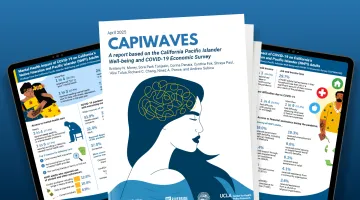Summary
Sugar-sweetened beverage (SSB) consumption is associated with increased obesity risk. One microeconomic intervention approach that has been studied is the increase of the cost of SSBs through SSB taxes. This study aims to apply the augmented synthetic control method (ASCM) within a target trial framework to estimate the impact of a 1-cent-per-ounce SSB tax on obesity prevalence in California.
Authors used 2012–2020 data from the California Health Interview Survey (CHIS)’s AskCHIS Neighborhood Edition (AskCHIS NE) and the American Community Survey (ACS). The outcome of interest was obesity prevalence at the city level for people aged 18 and older. The estimated effect of the policy was calculated as the difference between the observed outcome in each soda tax city in the post-policy period and the predicted outcome in the synthetic controls in the post-policy period. The causal estimand of interest was the average treatment effect among the treated (ATT). Researchers adjusted for sex, age, employment status, education, race/ethnicity, marital status, poverty, household median income, population size, and percentage of people who took public transportation to work.
Findings: Relative to not implementing a soda tax, the mean difference in obesity prevalence three years after the implementation of a soda tax was -5.5 percentage points (pp) in Berkeley, -1.7 pp in Albany, -1.0 pp in Oakland, and 2.6 pp in San Francisco. Overall, the mean difference in obesity prevalence was -1.4 pp.
Authors illustrated the use of the augmented synthetic control methodology within a target trial framework with group-level longitudinal data. The estimates of the impact of SSB tax policy on the obesity prevalence in California were imprecise.







